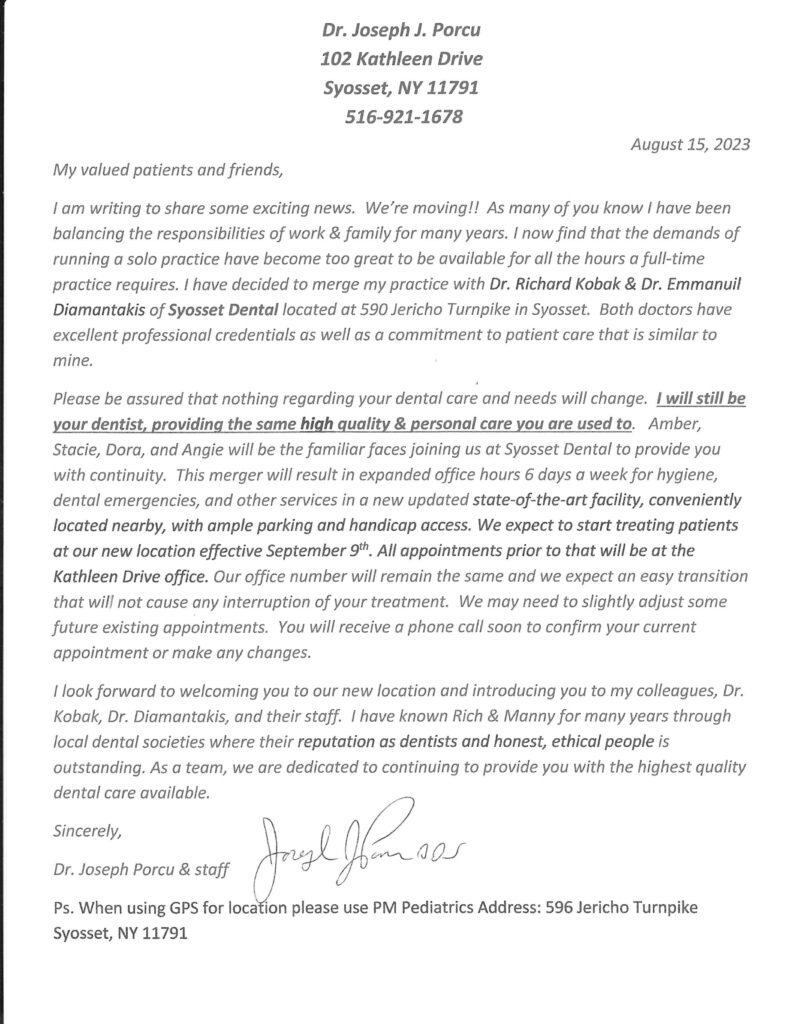 In the past, amalgam (silver) fillings have been a common choice for restoring teeth from cavity damage, although now, their days are definitely numbered. Despite the proven durability of amalgam over the past century, its dark appearance (among other factors) have led metal fillings to become increasingly unattractive. Nowadays, many patients are opting to restore their cavities with a tooth-colored material – known as composite-resin. Not only is this a far more cosmetically appealing option, but it also provides a strong, safe, and comfortable restoration.
In the past, amalgam (silver) fillings have been a common choice for restoring teeth from cavity damage, although now, their days are definitely numbered. Despite the proven durability of amalgam over the past century, its dark appearance (among other factors) have led metal fillings to become increasingly unattractive. Nowadays, many patients are opting to restore their cavities with a tooth-colored material – known as composite-resin. Not only is this a far more cosmetically appealing option, but it also provides a strong, safe, and comfortable restoration.
Using Composite-Resin Could Preserve More Of Your Natural Tooth Structure
Before your dentist can fill your cavity, the decayed portion of your tooth must be removed. Sometimes, with amalgam, additional tooth structure may need to be removed in order to properly secure the filling. On the other hand, however, composite-resin bonds directly to your tooth structure. In some cases, this allows your dentist to preserve more of your natural structure, providing a stronger foundation for your restored tooth.
Tooth-Colored Fillings Are Safe & Effective
While the mercury content of amalgam fillings has been considered “safe” for decades, it’s still a concern for pregnant women, children, and others with known sensitivities. Additionally, the reaction metal often has to extreme temperatures – expanding or contracting – can cause further wear on the tooth. Using composite-resin, a material that doesn’t contain any metal, can eliminate these concerns altogether.
The Use Of Composite-Resin Started With The Front Teeth
When composite-resin was first used to restore teeth from decay, it was typically limited to the front teeth. Its initial strength couldn’t withstand the pressure that teeth in the back of your mouth (like molars) endure, although they have since come a long way. Now, with the advancement of the dental industry, tooth-colored fillings have increased in strength and are able to effectively restore teeth regardless of their location.











